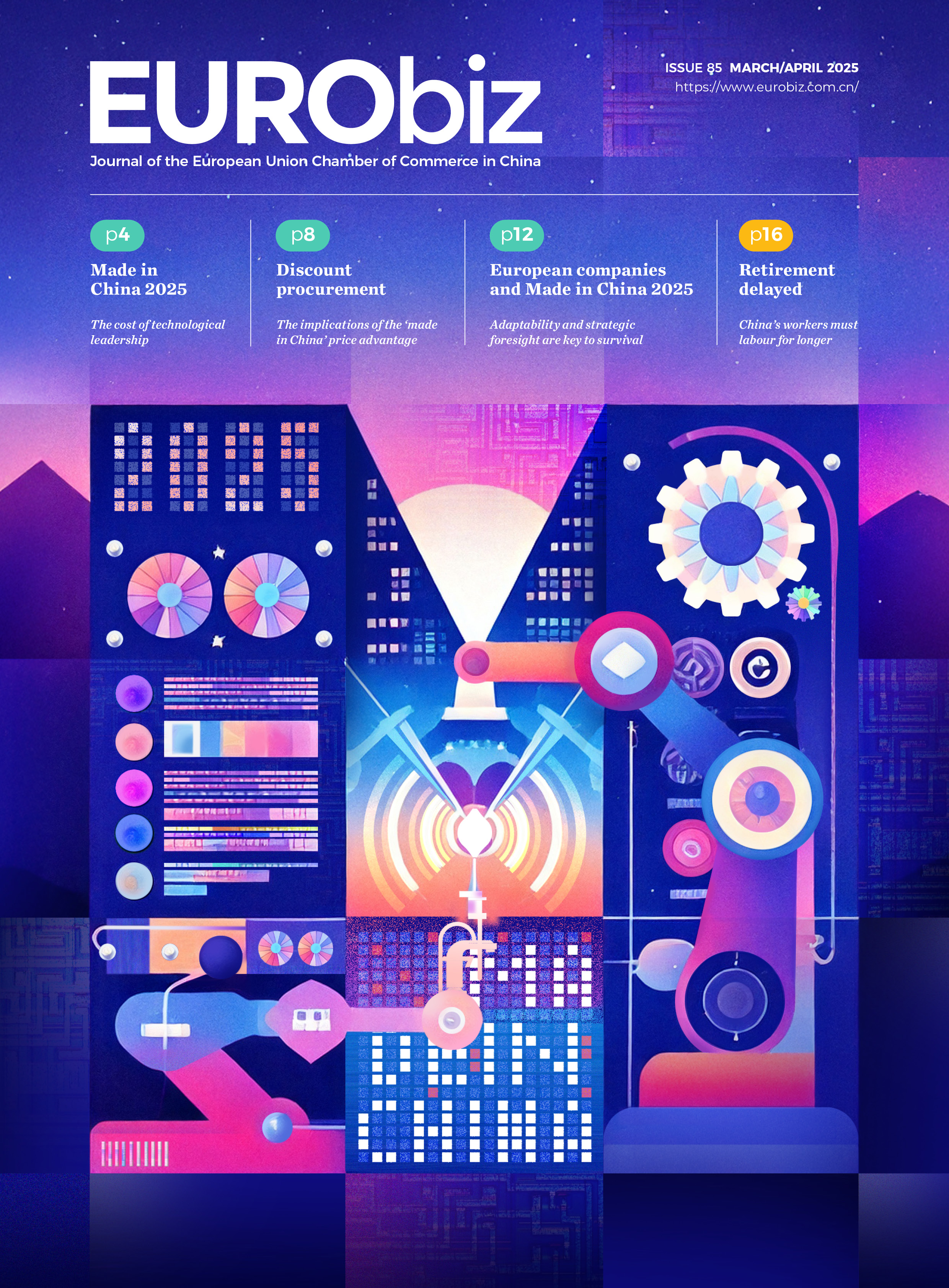
While China’s domestic consumption is often reported to be‘weak’, what are the factors that influence Chinese consumers before they make a purchase? Eric Lin of The Silk Initiative argues that since the COVID-19 pandemic, the country’s consumers are simply making more considered purchases – and foreign companies selling in the Chinese market need to take note.
The world is currently dominated by stories of economic slowdowns, demographic shifts and geopolitical tensions. In China, these issues are often exacerbated due to the sheer size of the country. As the second largest economy and home to a number of vital international supply chains, even the slightest change can be met with fear, anxiety and confusion by business leaders. Yet today’s China offers far more exciting opportunities than fearful rhetoric might imply. The key is in understanding how consumer behaviour has changed since the COVID-19 pandemic.
Of course, anyone working in or watching China knows just how dynamic the market has always been. Shifts in consumer behaviour are nothing new. But research, interviews and wider macro trends make this period different. Rather than short-lived trends swaying behaviour seemingly on a whim, how consumers behave today may well be baked in for a longer period of time. For businesses operating in China and planning their future strategies, this might come as a relief.
‘It’s the economy, stupid’
James Carville was almost prophetic when he advised the then governor of Arkansas, Bill Clinton, during his presidential campaign, to focus on economics. All things are influenced by, and lead back to, the economy. In today’s China the message is just as salient.
While disposable income and the middle class continue to grow, those living in first-tier cities like Shanghai and Guangzhou are becoming more conscious of their spending habits. Some brands have responded by focusing on ‘premiumisation’, offering a product that is perceived to be of higher quality—and often with a much higher price tag—to demonstrate value. But demonstrating value will likely not be enough to attract the modern Chinese consumer.
Now, consumers are balancing quality, cost and a much longer list of requirements before even considering making a purchase. The days of relying on a product simply being foreign or expensive to attract buyers are long gone.
For example, recent interviews conducted for a major Norwegian conglomerate by The Silk Initiative have demonstrated the emergence of more thoughtful purchase choices by parents across major Chinese markets. They want to be as confident as possible in what they are buying, so will do more research than in the past.
Today’s consumers are particularly looking for brands that come across as knowledgeable, interesting and nurturing. One person in Guangzhou said that having a long history and international certifications demonstrated trustworthiness. This is different than in the past, where foreign companies were often seen as being more trustworthy. Now, consumers want proof to back up this sentiment. A respondent in Beijing appreciated the smaller things that might show a brand knew its target consumer. Creativity, especially for respondents in Shanghai, was seen as important if a product was to be viewed as ‘premium’.
‘LOHAS’
In pre-2020 China, the acronym LOHAS—lifestyles of health and sustainability—was so widely used that it almost lost all meaning. But following the events of the past three years, the focus on health and wellness has returned. The new addition is a much more concerted focus from the central government on improving the lives of ordinary people. As a general rule in China, where the government moves, it makes sense for the private sector to follow.
Noam Stern, co-founder of Nordic Life Science Partners, notes the scale at which the government is getting involved. “As a result of a rapidly ageing population that is leading to a growing number of chronic diseases, China is investing massively in modern hospitals, innovative medical products and new treatment methods to satisfy the rising demand for high-quality healthcare services.”
According to Noam Stern, this represents a significant business opportunity for foreign medical companies with innovative medical devices and medicines that wish to tap into the world’s second-largest healthcare market.
Another significant focus of the government is on anti-corruption as a means towards this research and innovation. The thinking is that bribery and unethical practices in the sector negatively impact potential future growth. By tightening regulatory frameworks and investing in those players who are doing the right thing, China can create a virtuous cycle. Some have said this may potentially hurt European companies, particularly with concerns about possible regulatory and market access barriers. However, what business leaders should look at, regardless of their industry, are ways to not only support Beijing’s initiatives but also respond to the broader consumer demands around health and wellness.
Modernising tradition
A common misconception among companies entering China for the first time is that the market loves anything international or foreign. Many think plugging and playing is a guaranteed easy win. This is risky, with many brands having failed using this approach.
Today’s Chinese consumer is much more interested in how brands adapt to China’s traditions, society and place in the modern world. This is called guo chao, reimagining traditional Chinese culture to fit today. Initially, consumers wanted to see brands keeping traditional culture alive and tap into feelings of nostalgia. Brands leaned heavily on visual cues, but combined these with modern, trendy imagery.
This led to some very interesting outcomes. Many brands simply used traditional Chinese motifs—like Peking Opera masks, pandas, and bamboo—on packaging to demonstrate guo chao. Others made weird, quirky crossovers. A few well-known examples included White Rabbit perfume and Lao Gan Ma clothing. None of this really tapped into what guo chao was supposed to be and what consumers were really asking for. This is because it lacked the critical strategic and thoughtful reimagining required for modern times.
Recently, though, there has been a significant shift in what the concept actually means to people.
Now, there is much more of a fusion and injection of creativity into what brands offer. One can still easily notice the allusion of a product, package or offering to Chinese culture. But the look and feel are more evenly balanced with global aesthetics. Chinese consumers are confident in their culture and no longer want brands to pander to them. Successful brands have found ways to marry the ‘domestic traditional’ with the ‘international modern’.
The concept of guo chao has become more rational, strategic and delicate. That could mean a simple rebrand of a logo to take on more Chinese characteristics, or even more subtle nods to the Chinese consumer of today – those that are more focused on economics, health and a sense of national pride.
Eric Lin is business development director at The Silk Initiative, a Hotspex Company. He is also responsible for leading client engagements across China, the Asia-Pacific and European Union.


Recent Comments